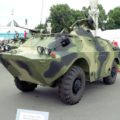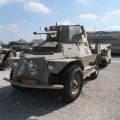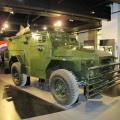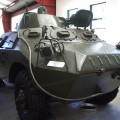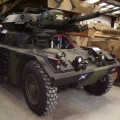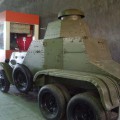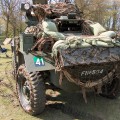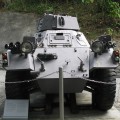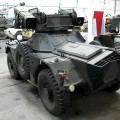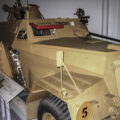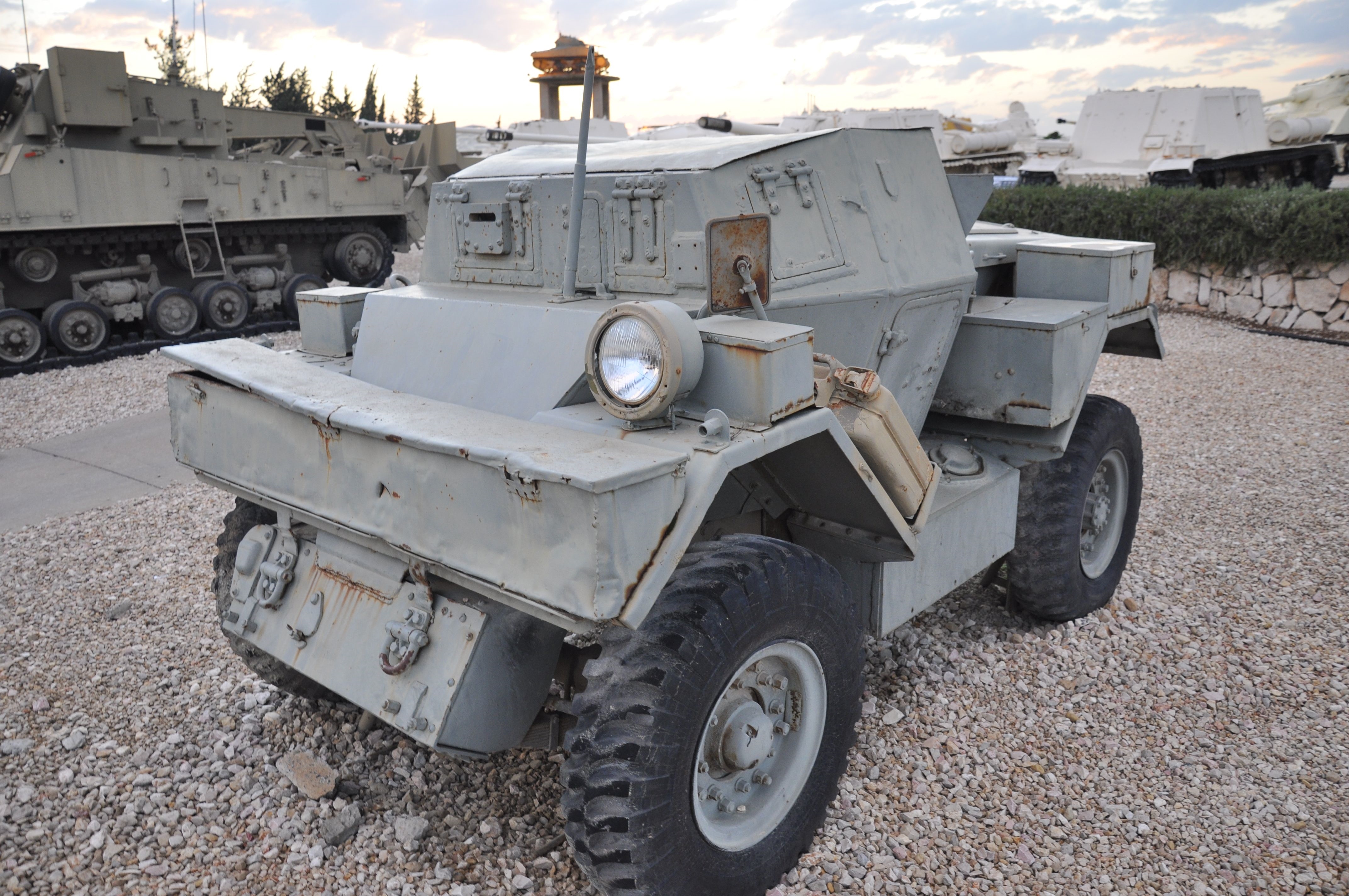
Scout Auto Ford Mk.1 | |
|---|---|
| Land | Uk |
| Type | Verkenningsvoertuig met vierwielaandrijving |
| In gebruik | 1940–1974 |
| Vuilt | Onbewust |
Fotogalerij van een Scout Auto Ford Mk.1, The Daimler Scout Car, known in service as the Daimler “Dingo” (after the Australian wild dog), was a British light fast four-wheel drive reconnaissance vehicle also used in the liaison role during the Second World War.
| Scout Car Ford Mk.1 | |
|---|---|
| Fotograaf | Onbewust |
| Lokalisatie | Onbewust |
| Foto 's | 13 |
Gerelateerde kits:
| Dingo Walk Around | |
|---|---|
| Fotograaf | Vladimir Yakubov |
| Lokalisatie | Jacques Littlefield Collectie |
| Foto 's | 64 |
Kits zoeken op eBay:
Zie ook:
The Scout Car Ford Mk.1, also known as the Lynx, was a Canadian variant of the British Daimler Dingo armoured car. It was produced by Ford Canada in Windsor, Ontario, from 1942 to 1945. The Lynx had a similar design to the Dingo, but with some modifications to suit local production and conditions. The Lynx used a Ford V8 engine and transmission, which gave it more power but also made it taller and heavier than the Dingo. The suspension was also less sophisticated and the steering was only on the front wheels.
The Lynx had a crew of two and was armed with a Bren light machine gun or a Boys anti-tank rifle. It was used for reconnaissance and liaison duties by British Commonwealth and allied forces in various theatres of war, including North Africa, Italy, Northwest Europe and Southeast Asia. The Lynx was a reliable and agile vehicle that could traverse rough terrain and reach speeds of up to 55 mph (89 km/h). It had a range of 200 miles (320 km) on its two fuel tanks. The Lynx had a welded steel hull with sloped armour plates that offered protection against small arms fire and shrapnel. The front armour was 30 mm thick and the sides were 12 mm thick. The Lynx had four hatches on the roof for the driver and the commander/gunner. The Lynx was one of the most widely produced armoured cars of World War II, with 3,255 units built.
Bekeken: 1961


